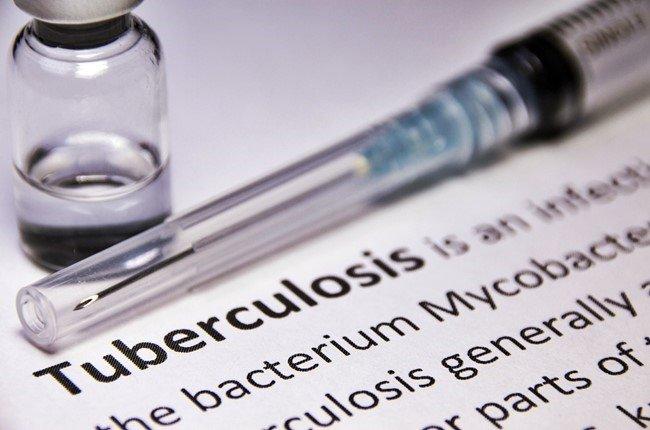Undernutrition Accounts for a Large Number of TB Cases in India, Says Study

Image Courtesy: iStock
Undernutrition accounts for a much bigger share of India’s counts of new tuberculosis patients than hitherto assumed, according to a recent study published in the Journal of Clinical Tuberculosis and Other Mycobacterial Diseases. The researchers have estimated that undernutrition contributes to 9,02,000 of India’s 2.64 million annual new TB cases, 40% higher than the earlier estimate of 6,55,000 cases attributed to undernourishment.
The Global TB Report 2020 estimated the population attributable fractions (PAF) for the major risk factors of TB. Undernourishment emerged as the leading risk factor accounting for 19% of the cases. The study looked at undernutrition as a factor that influences the prevalence of TB, instead of undernourishment, unlike most studies. Undernourishment is an indirect model-derived estimate of decreased/capita energy availability, while undernutrition is defined by direct anthropometric measurements of nutritional status. The study highlighted that the prevalence of undernutrition was highest in India, at 23.6%.
The authors of the study estimated the number of cases of undernutrition-linked TB in India to range from 9,02,000 to 1.19 million, the higher estimate based on the higher risk of TB in people with low BMI.
The study said, “In most Asian countries like India, prevalence of undernourishment is less than prevalence of undernutrition, and it underestimates the numbers who are underweight. Overall, undernutrition assumes an even greater imperative in the light of the COVID-19 pandemic, as food prices soar, as estimates suggest a doubling of the number of people experiencing acute hunger with serious implications for the TB epidemic.”
The authors, however, pointed out that the association between undernutrition and incident TB in these estimates is an ecological association, and it cannot be confirmed whether the incident cases are occurring in those who have undernutrition.
“The estimates of low BMI in countries do not entirely capture the burden of undernutrition in the community. In India, for example, according to the National Family Health Survey-4, the prevalence of low BMI in adults is 23.6%, but a much higher proportion of children suffer from undernutrition; 38% of children under-five had stunting, and 36% were underweight,” it said.
Tuberculosis is a major public health problem that causes morbidity and premature mortality in low and middle-income countries. In 2019, an estimated 10 million people fell ill with TB, 1.2 million HIV negative patients with TB died, and 0.21 million patients with HIV-TB co-infection died. The new END TB strategy has ambitious goals to reduce TB incidence and mortality and end the epidemic by 2035. The strategy has milestones for 2020 and 2025 that require TB incidence to decline by 20% and 50% and TB mortality to decline by 35% and 75% by 2020 and 2025, respectively, compared to the baseline of 2015.
“The reduction so far (9% of new cases, 14% of mortality) since 2015 is insufficient to reach these milestones,” said the study.
Get the latest reports & analysis with people's perspective on Protests, movements & deep analytical videos, discussions of the current affairs in your Telegram app. Subscribe to NewsClick's Telegram channel & get Real-Time updates on stories, as they get published on our website.























